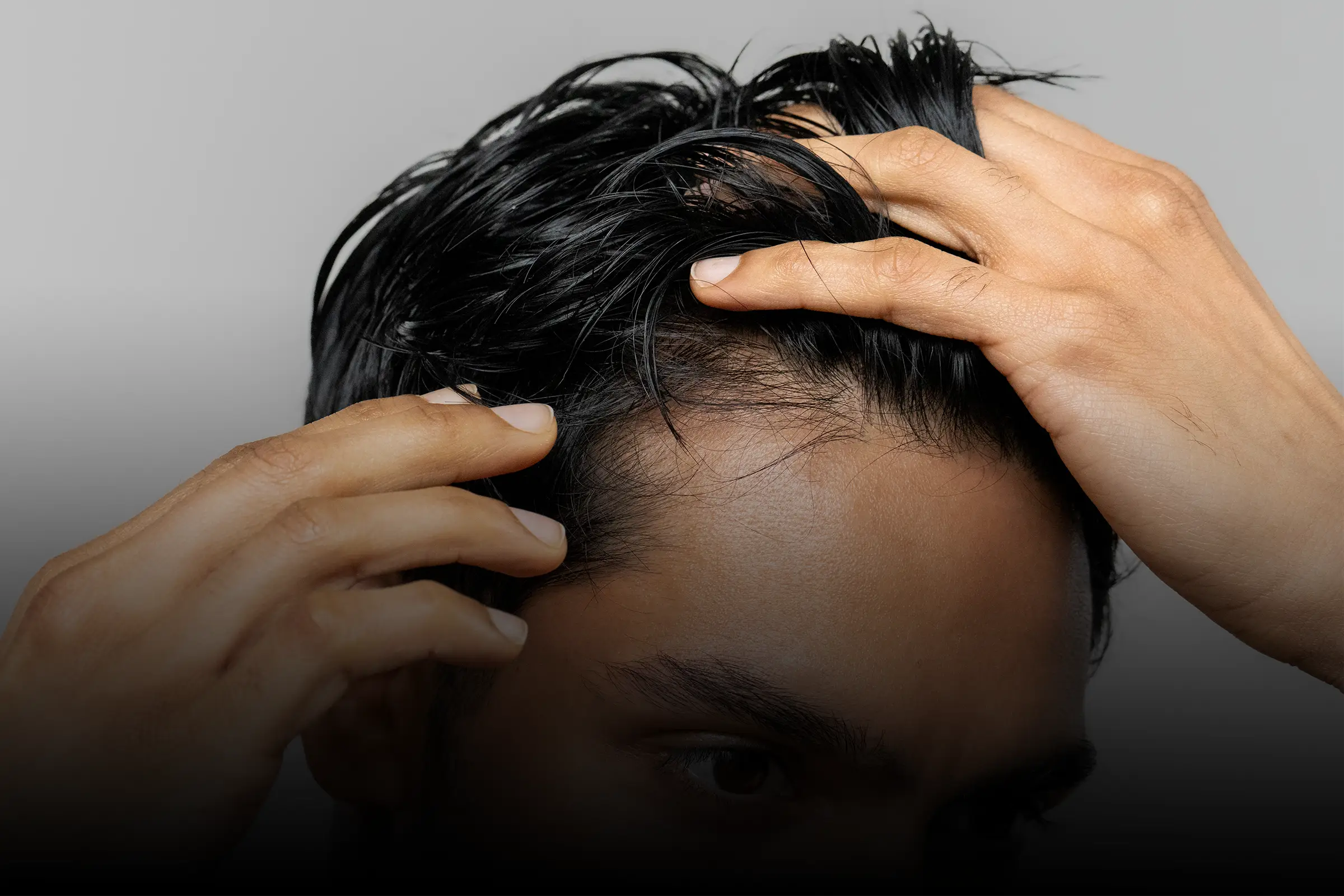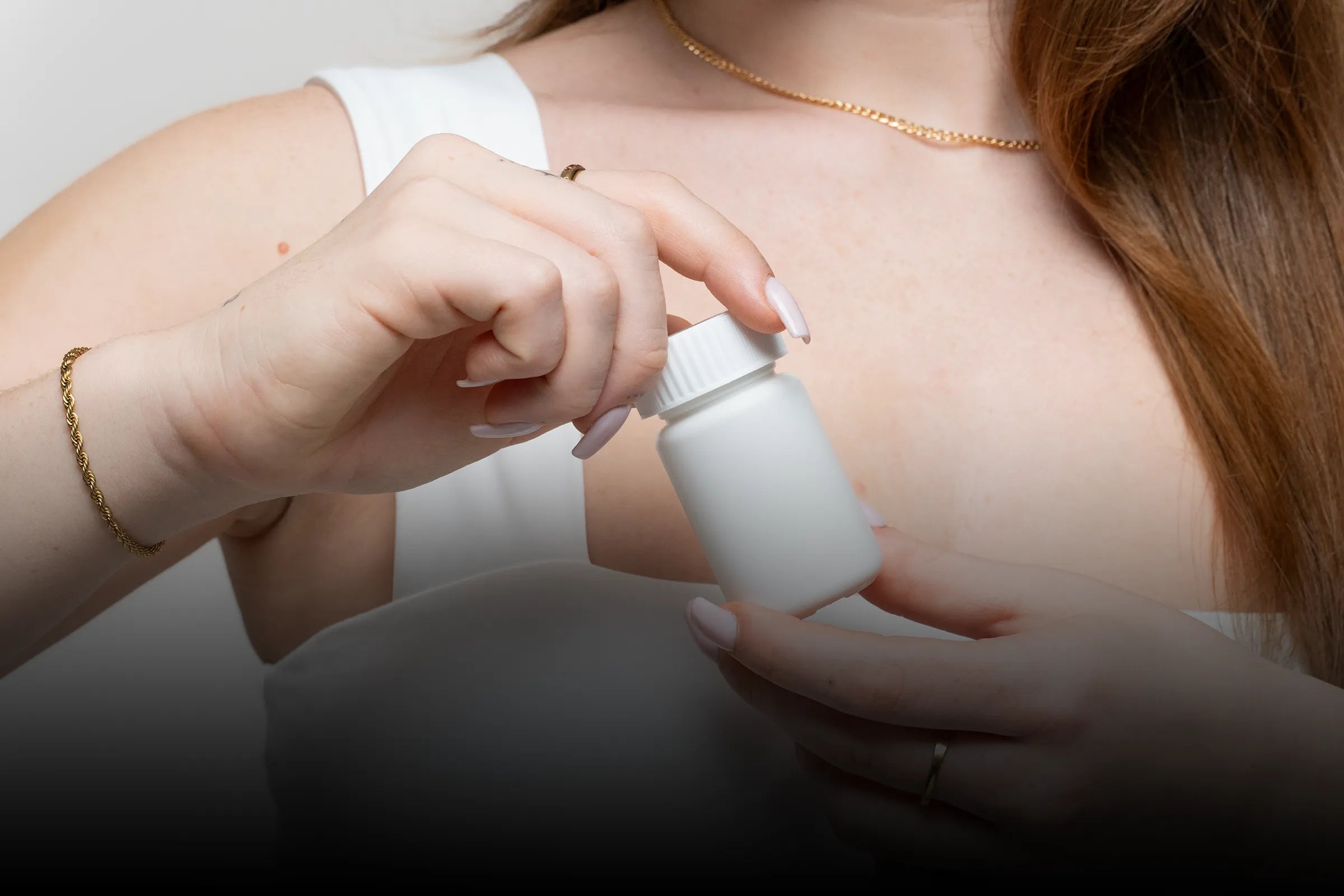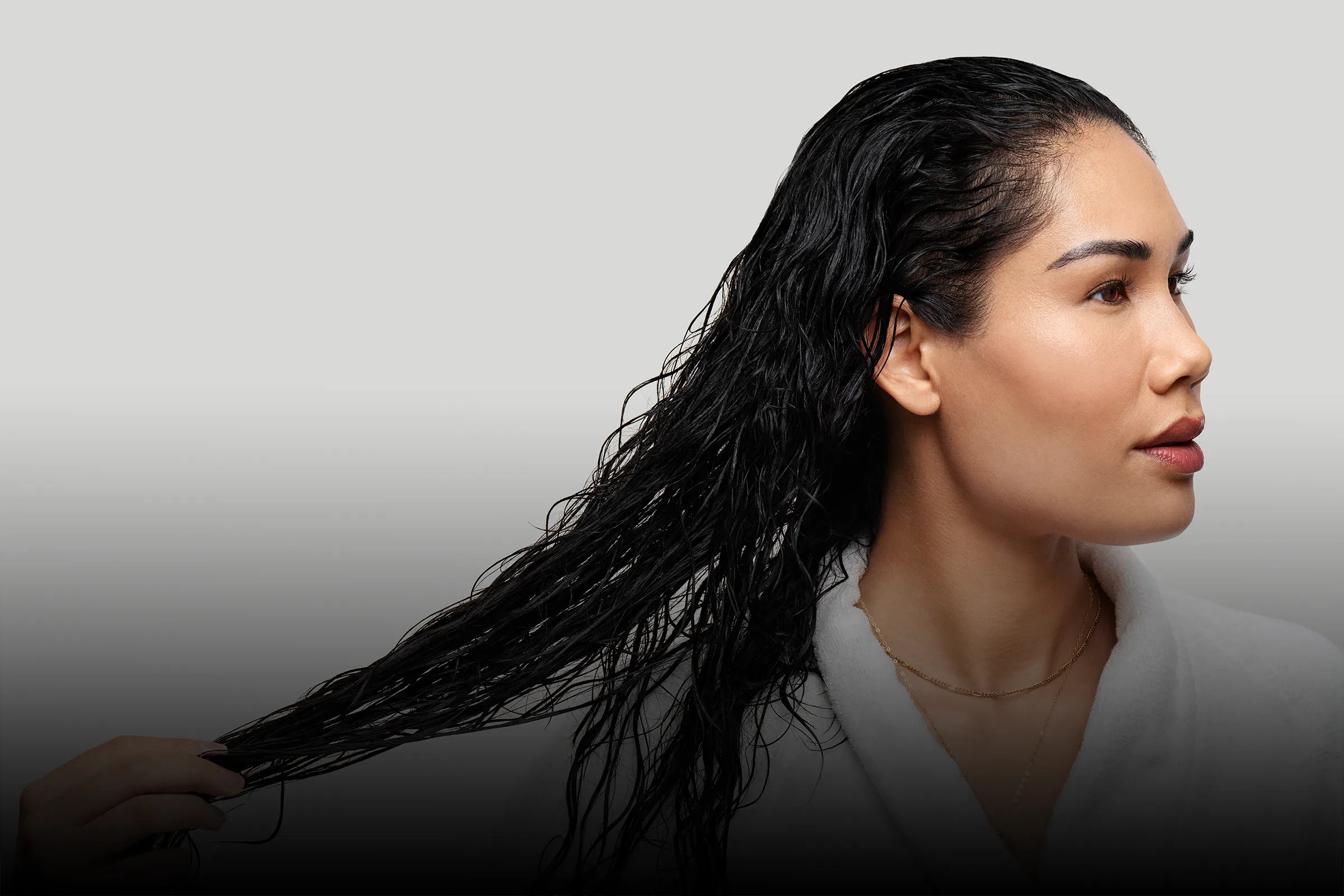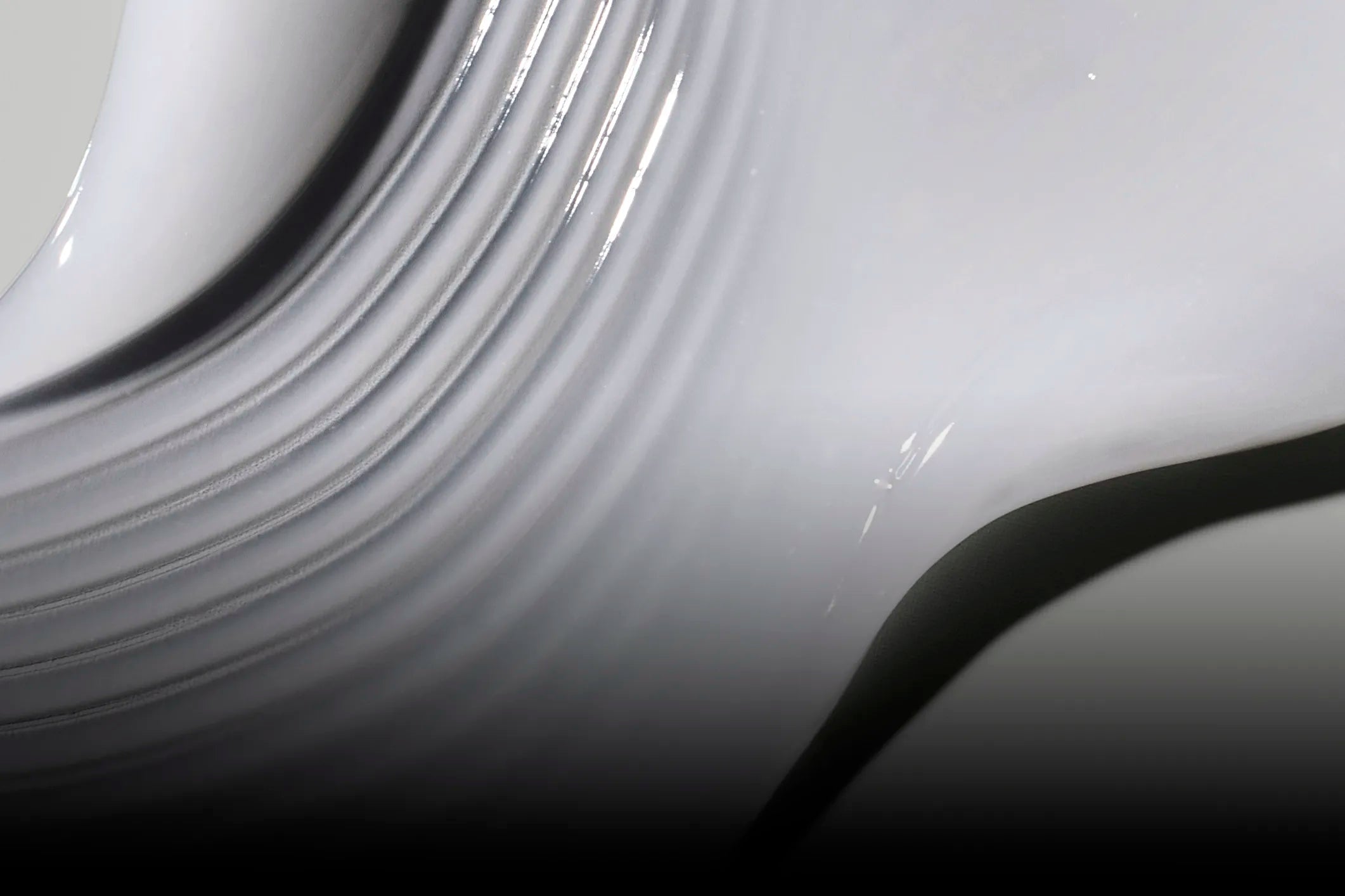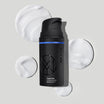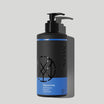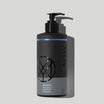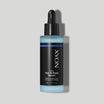If you’ve done research on hair loss treatments, you’ve probably come across saw palmetto extract. Some clinical data suggests that saw palmetto may be beneficial for male pattern hair loss because it has dihydrotestosterone (DHT) blocking properties similar to finasteride and dutasteride.
In this article, we’ll discuss why you might want to consider adding saw palmetto shampoo to your existing hair care routine. We’ll explain what saw palmetto extract is, summarize its effects on hair growth, review side effects and risks and talk about who might benefit from using this type of shampoo.
What is saw palmetto extract?
Saw palmetto (Serenoa repens) is a shrub-sized member of the palm family that is native to the Southeastern United States. Its berries are harvested and used to produce an extract that can be incorporated into dietary supplements or applied topically. It’s purported to have anti-androgenic properties, or the ability to reduce levels of male sex steroid hormones such as testosterone and DHT.
Because of this property, saw palmetto may be useful in the treatment of health conditions associated with elevated levels of DHT, such as benign prostatic hyperplasia (BPH) and androgenetic hair loss. However, more research is needed to evaluate its efficacy in each of these cases.
Does saw palmetto shampoo help with hair loss?
It can. Hair care products that contain saw palmetto may help with hair loss conditions that are caused by elevated levels of androgens. It’s unlikely to be as effective in treating other causes of hair loss such as telogen effluvium, which is caused by stress.
Does saw palmetto shampoo really reduce DHT?
Using a saw palmetto shampoo regularly may offer DHT lowering benefits. This is because the extract contains biologically active compounds such as fatty acids that target two androgen-related processes: preventing the conversion of testosterone into DHT and stopping DHT from attaching to binding sites and exerting its effects. It’s believed that certain compounds in saw palmetto mimic the structure of testosterone, allowing it to act as a competitive, non-selective inhibitor of the 5-alpha reductase enzyme (Evron et al., 2020).
There is also some research that suggests that saw palmetto directly stimulates cell growth and division around the hair follicle and helps promote the anagen (active growth) phase of the hair growth cycle (Rossi et al., 2012). This growth can help counteract the effects of thinning hair.
Does saw palmetto shampoo help grow hair?
Potentially. Saw palmetto shampoo's effect on DHT levels may help promote hair growth by preventing the miniaturization (shrinking) of hair follicles, allowing the hair growth cycle to proceed normally.
The earliest randomized clinical trial of topical saw palmetto application was conducted in 1998. The trial had participants apply a saw palmetto lotion and take an oral amino acid supplement four times a day over the course of 50 weeks (Morganti et al., 1998). At the end of 50 weeks, average hair counts increased by 27%, while hair mass and thickness increased by 30% (Evron et al., 2020).
Another trial of topical saw palmetto in 50 men with pattern hair loss found that total hair counts increased by approximately 5% by the end of 24 weeks. There was also a 25% decrease in the number of miniaturized hairs (Wessagowit et al., 2016). These studies suggest that there may be benefits to using saw palmetto for hair growth, particularly if it's applied directly to scalp.
How do I use saw palmetto shampoo?
Using saw palmetto shampoo is as straightforward as using any other hair cleansing product.
How much saw palmetto shampoo should I use?
You should begin by wetting your hair and scalp with warm water and following this with dispensing a quarter-sized amount of shampoo in your palm (you may need to use more or less depending on how much hair you have).
How long do I have to leave saw palmetto shampoo in my hair?
Work the shampoo into the scalp first, to ensure that excess oil and environmental pollutants are removed from the skin. The massaging process should take around 2-3 minutes. This helps ensure that excess oil, which can impede hair growth is removed and that saw palmetto and other key ingredients are able to penetrate the skin effectively. Distribute the remaining lather through the ends of the hair and thoroughly rinse out.
How often do I need to use saw palmetto shampoo?
This depends on the formulation and quantity of saw palmetto extract. In the case of XYON's saw palmetto DHT-Blocking Shampoo, which has been designed to be gentle on the scalp and hair, you could use this every day as part of your regular showering routine. But it's not a requirement to use it daily to start reaping the benefits of proper scalp cleansing and the DHT blocking effects of the ingredients contained within.
Are there any side effects of saw palmetto shampoo?
There are generally very few side effects associated with topical forms of saw palmetto. In clinical studies of topical saw palmetto, side effects such as mild burning, itchiness, acne on the forehead and allergic contact dermatitis have been reported (Evron et al., 2020). Saw palmetto shampoo typically contains a lower concentration of the extract and is mixed with cleansing and conditioning agents that help make topical application gentler. If you have sensitive skin and are worried about possible skin irritation, you can always consult a doctor or dermatologist prior to use.
Saw palmetto shampoo for hair: Takeaway
There are several reasons why adding a saw palmetto shampoo to your hair care and hair growth regimens might be a good idea. Saw palmetto is a natural DHT blocker, with clinical data demonstrating its potential efficacy in treating androgenetic alopecia. While it's not as potent as something like finasteride, it's easy to introduce into your daily hair care routine as a complementary therapy and may help round out and boost the results of your existing prescription hair loss treatment.

